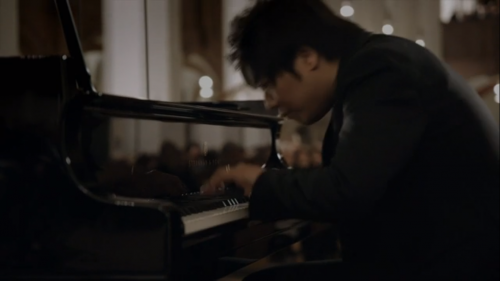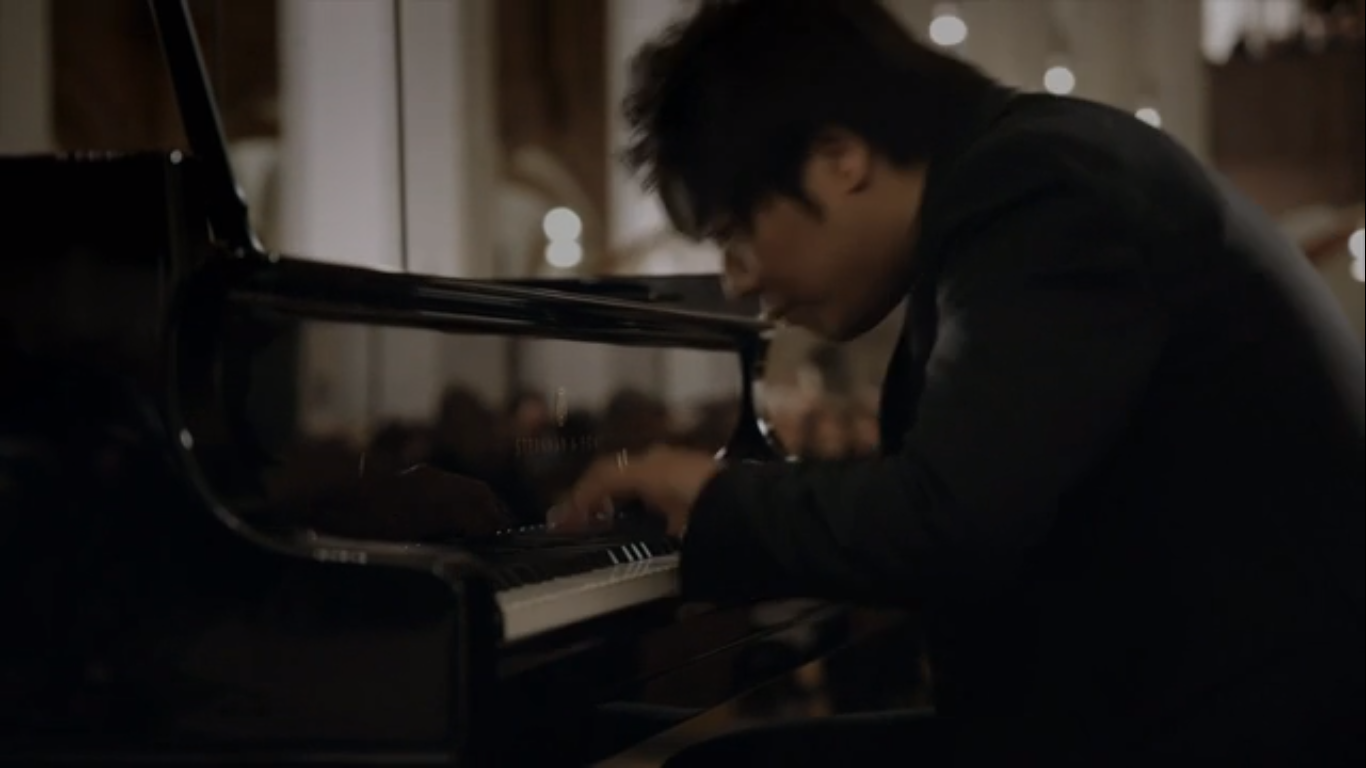 Germany Bach, Goldberg Variations, BWV 988 – Lang Lang (piano): March 2020 performance at St Thomas Church, Leipzig. 19.11.2020 stream on DG Stage. (CC)
Germany Bach, Goldberg Variations, BWV 988 – Lang Lang (piano): March 2020 performance at St Thomas Church, Leipzig. 19.11.2020 stream on DG Stage. (CC)

This was a stream of the performance in Leipzig’s St Thomas Church (where Bach is buried) that is available in sound alone on Lang Lang’s four-disc, two performance set of the Goldberg Variations. Ralph Moore reviewed that set for MusicWeb International here; my own review has appeared in print elsewhere and broadly agrees with Ralph’s comments. Bach through the prism of Lang Lang is a horribly distended thing.
But first the positives. Lang Lang plays on a superb Steinway, excellently recorded. The camerawork, courtesy of Thomas Frischhut and Konrad Lobst and under the direction of Andreas Morell is superb, ever appropriate and a fine mix of atmospheric long shot and close-up. The shots of the Thomaskirche are beautiful; far more so than Lang Lang’s swaying and posturing, all of which would be fine if musically this stood up to scrutiny.
The more one hears Lang Lang’s Bach, the more the mannerisms grate, right from the needless left-hand emphasis on the repeat of the first part of the theme. Variatio 1 begins as Lang Lang means to go on, with a bang and, while this variation has a sense of bounce, entries are over-emphasised. By the time we hit Variatio 3, (Canone all’Unisono) rubato has become an integral part of the equation, a sense of push and pull more associated with Chopin.
While Lang Lang impresses repeatedly when the music is fast and fleet (Variatio 5), least when there is any chance of point-making. The Tempo di Giga (Variatio 7) is a strange, narcissistic dance, full of point-making for the sake of it. It is worth describing some of the journey, as the interpretative grating is a cumulative thing: when one hears the emphasis on the fourth of the group of bass quavers in Variatio 8, its very falsity at once continues from previous aberrations and simultaneously prepares one for more of the same. The negatives become progressively more difficult to live with: the inward narcissism of Variatio 9, the stabby Variatios Nos. 10 and 12. Any indication that the music can slow down is an invitation to bring in Bernstein-like stasis (think Bernstein’s late Mahler 9 with the Concertgebouw on DG) without the charisma. Variatio 13 suffers from this along with much inappropriate rubato, but the primary offender is Variatio 15, an Andante firmly rechristened as an ‘Adagio molto’. The greatest casualty of this approach is the so-called ‘Black Pearl’, (Variatio 25) interminable and even at times clumsy. The Quodlibet (Variatio 30) is put so much through Lang Lang’s wringer there is virtually no Bach left when it comes out the other side.
When we do finally get the Aria da Capo, it is more with a sense of exhaustion than relief. Transcendence or glow tends towards zero. The audience adored the performance, though, and there is a full standing ovation. But ultimately, I leave it up to you, the listener to decide: the stream is available for 48 hours on DG Stage (click here).
Colin Clarke
